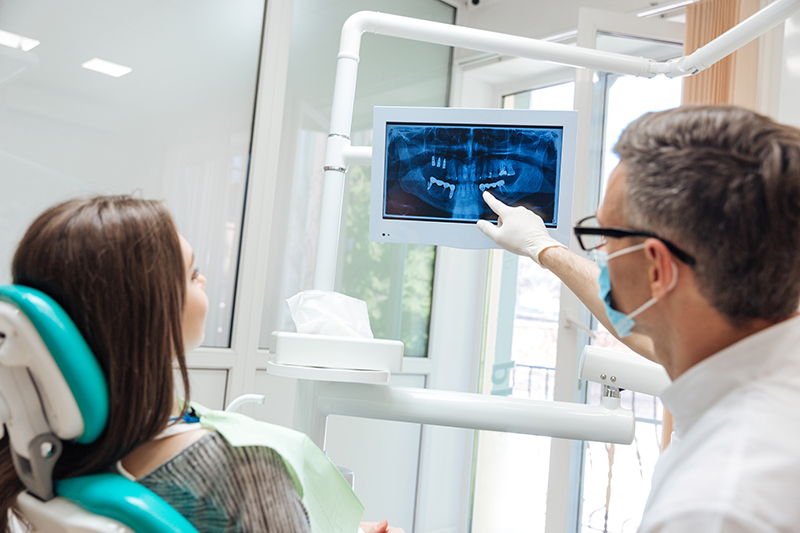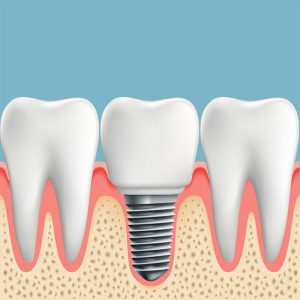What Is TMJ
The temporomandibular joints are the joints on either side of your head that connect your jaw to your skull & allow you to open & close your mouth, chew, & speak. Because it can move in many different directions, these joints are some of the most complex in your body. Read more



 There is more than one type of dental procedure that may be casually referred to as a cleaning. For example, there is a regular cleaning & then there is what is referred to a deep cleaning. It’s important to understand that there is a big difference between these procedures & implications that each of these procedures have when it comes to your oral health.
There is more than one type of dental procedure that may be casually referred to as a cleaning. For example, there is a regular cleaning & then there is what is referred to a deep cleaning. It’s important to understand that there is a big difference between these procedures & implications that each of these procedures have when it comes to your oral health.
 Dental crowns, or caps, are one of the most common restorative dental procedures that dentists perform. If you’ve been told you need a crown, there’s no reason to worry. Dental crowns allow us to restore your smile both functionally & aesthetically, & modern techniques mean we can complete the procedure faster than in the past.
Dental crowns, or caps, are one of the most common restorative dental procedures that dentists perform. If you’ve been told you need a crown, there’s no reason to worry. Dental crowns allow us to restore your smile both functionally & aesthetically, & modern techniques mean we can complete the procedure faster than in the past. Cavities, or tooth decay, is a fairly common dental ailment, particularly in children or young adults. Even though most of our patients are familiar with what cavities are, we find that many are still surprised when we tell them they have a cavity! That’s because many cavities, especially early on, do not cause
Cavities, or tooth decay, is a fairly common dental ailment, particularly in children or young adults. Even though most of our patients are familiar with what cavities are, we find that many are still surprised when we tell them they have a cavity! That’s because many cavities, especially early on, do not cause  Dental implants are the latest & greatest in dental technology that allows dentist to replace missing teeth permanently. You may know that implants can replace teeth & are used in complete smile reconstructions & makeovers. But you may also not be sure exactly what
Dental implants are the latest & greatest in dental technology that allows dentist to replace missing teeth permanently. You may know that implants can replace teeth & are used in complete smile reconstructions & makeovers. But you may also not be sure exactly what  Whether you’ve lost teeth to decay, periodontal disease or an accident, we know that having a missing tooth can be embarrassing, inconvenient & often very uncomfortable. Luckily, there are many options for restoring your teeth, but with so many options, there is also some confusion. In this post we’re going to break down the choice between dentures &
Whether you’ve lost teeth to decay, periodontal disease or an accident, we know that having a missing tooth can be embarrassing, inconvenient & often very uncomfortable. Luckily, there are many options for restoring your teeth, but with so many options, there is also some confusion. In this post we’re going to break down the choice between dentures &